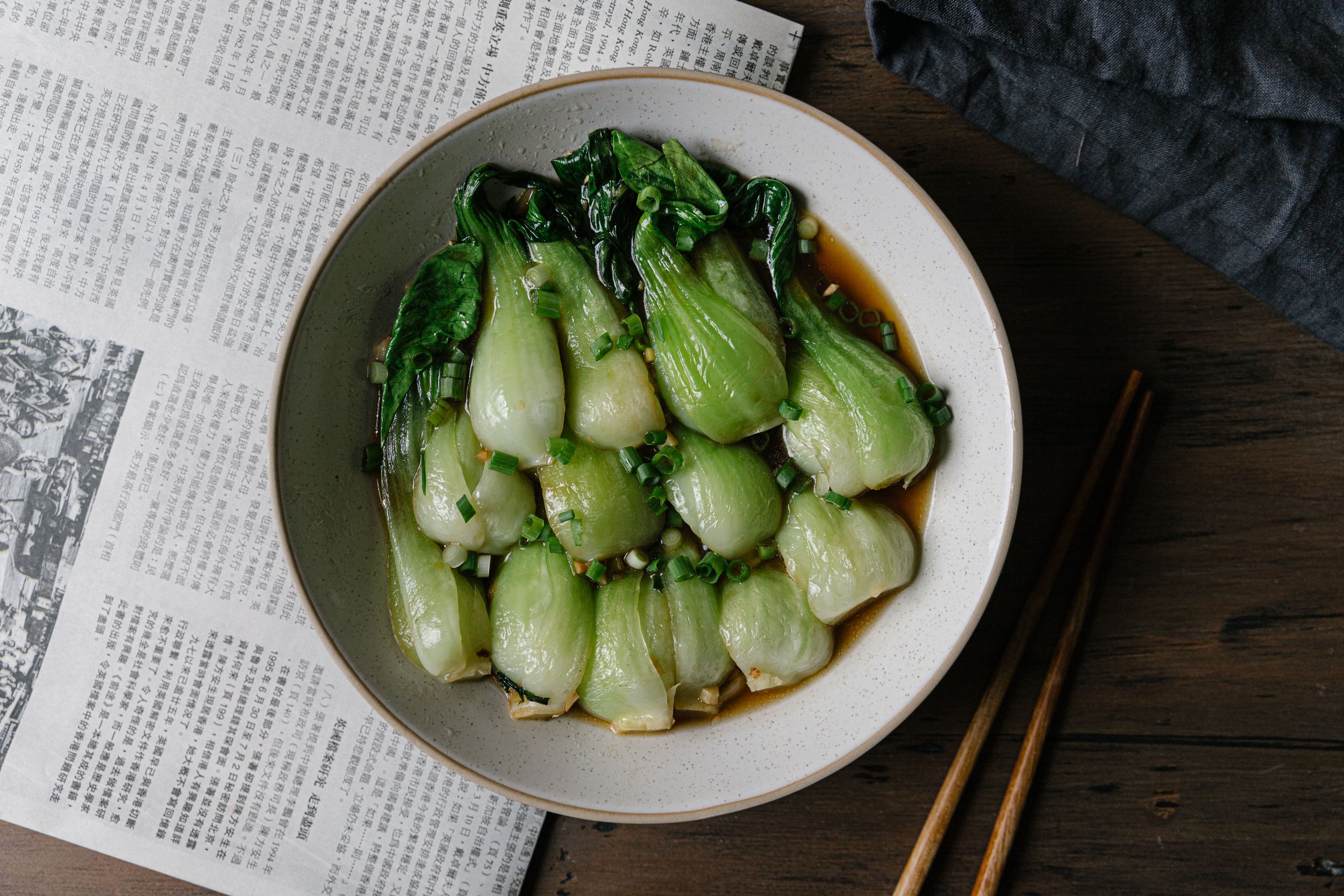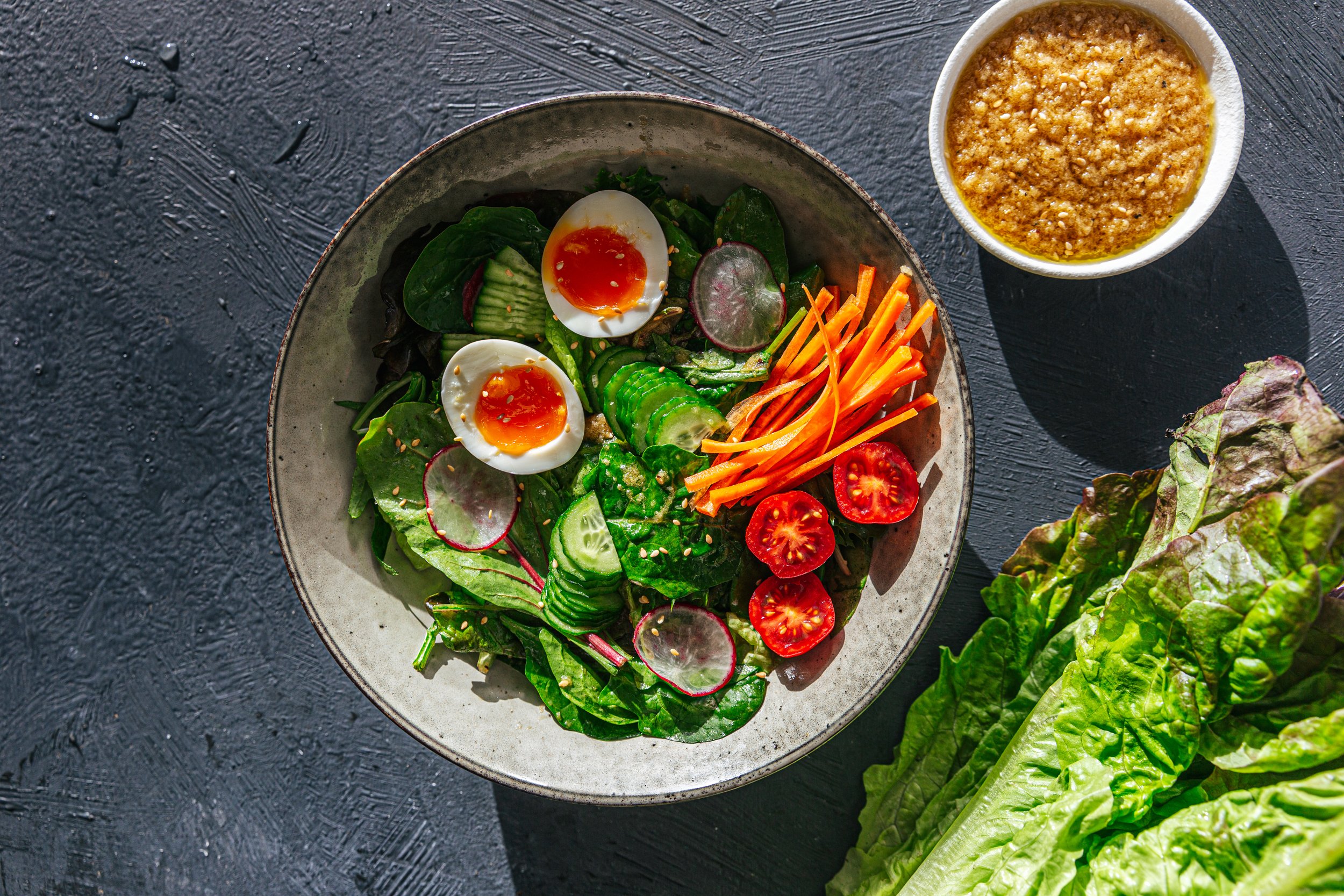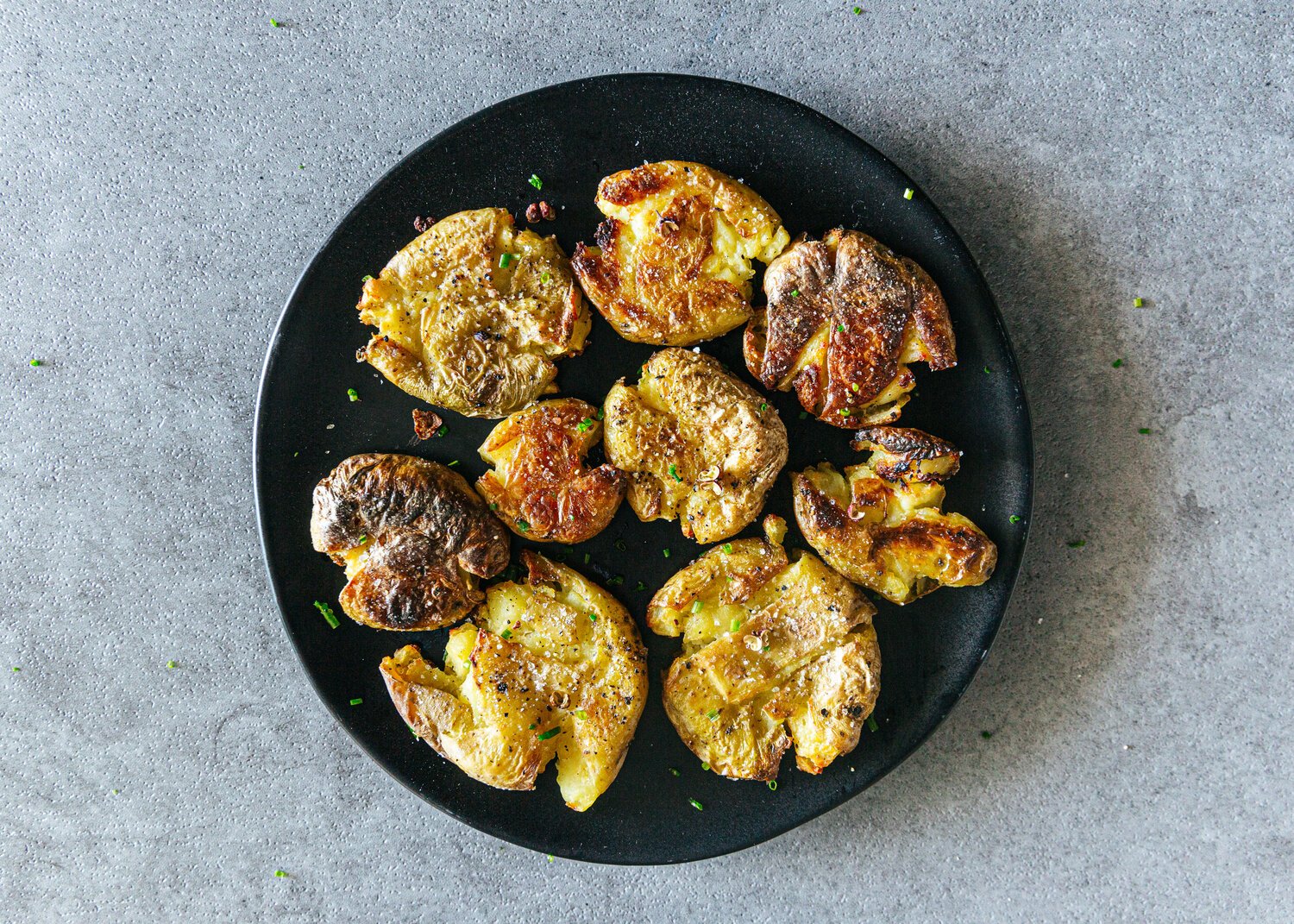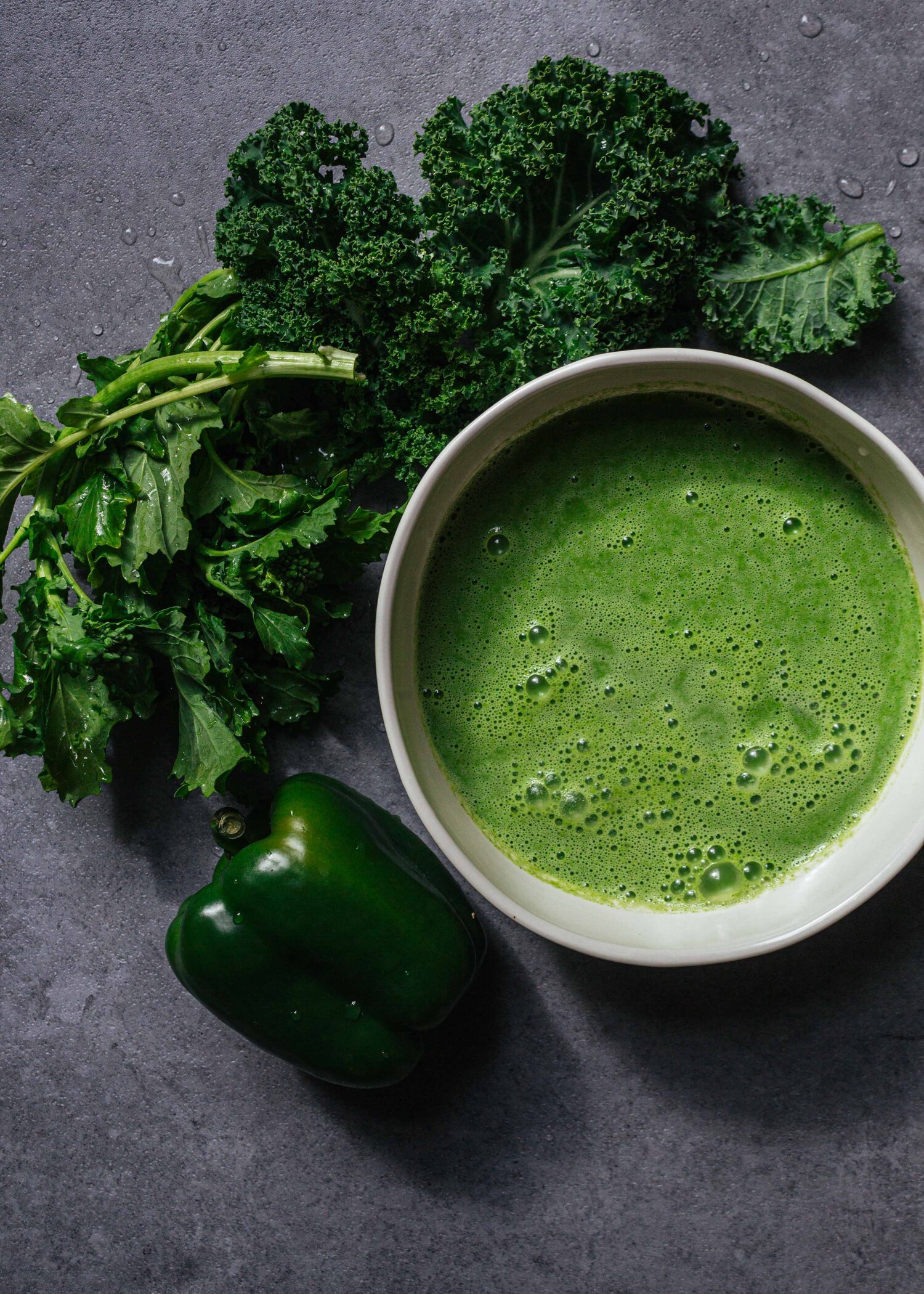Boy Choy is a versatile vegetable used in many Chinese dishes. You will find them chopped up in dumplings, added to bowls of noodles for a pop of color, or served as a main vegetable dish. These jade green bulbs are easy to prep and will brighten up any winter day. A simple recipe that will bring a hint of sweetness to your meal.
For shiitake mushroom water — I’ve learned to always keep a jar of mushrooms soaking in the fridge. It’s incredibly umami and handy for making miso soup, mapo tofu, or replacing vegetable stock in dishes.
Sauteed Boy Choy
Serves 2
Ingredients
¼ cup mushroom water*
5 pieces shanghai bok choy, washed
3 tbsp vegetable oil
½ tbsp ginger peeled and minced
1 tbsp garlic, peeled and minced
¼ Shaoxing wine, or sake or rice wine
3 tbsp light soy sauce
Salt, to taste
Green onions, sliced for garnish
Instructions
Soak 5 shiitake mushrooms in hot water for 30 minutes or in the refrigerator overnight.
Halve or quarter the bok choy depending on the size.
Heat a large work or pan over medium heat and add the vegetable oil. Add the ginger and saute for 30 seconds, add the garlic and fry until fragrant and golden.
Add the bok choy and turn the heat to high. Pour in the Shaoxing wine and cook for 1 minute.
Add the soy sauce and mushroom water. Turn the bok choy over, cover the pan, and cook for 2-3 minutes.
Remove cover, add salt to taste, and stir. You can add cornstarch to make a slurry or enjoy it as is. Garnish with sliced green onions and serve immediately.
Cooking tips:
There are many varieties of bok choy so feel free to try the best you can find. Just adjust the cooking time according to size.




































